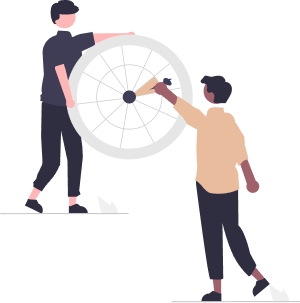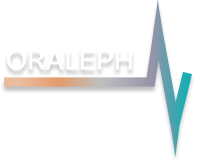WEEE Directive Evaluation: All you need to know for the upcoming revision of the Directive 2012/19/EU
On June 2023, the European Commission launched an evaluation process for Directive 2012/19/EU on Waste Electrical and Electronic Equipment (WEEE Directive) in order to evaluate the fitness of the current Directive and an eventual need to revise its content.
In particular, the evaluation process aims at answering the following questions:
- To what extent was the implementation of the WEEE Directive successful and which were the main problems and the main challenges and why?
- Did the EU intervention make a difference?
- Is the intervention still relevant given developments since its entry into force?
After a public consultation to which 106 stakeholders had their say on the current Directive, the EC plans to carry out targeted consultations via focus groups as well as evaluate the national implentation via country visits. Finally, the evaluation process will end with an evaluation study and the decision whether to revise or not the current Directive.
Oraleph has recollected everything you need to know about the evaluation process of WEEE Directive and important policy recommendations for the European Commission.
WEEE Directive and Implementing Regulations: Scope and Objectives
The waste from electrical and electronic equipment is one of the fastest growing waste streams in the EU. For this reason, in 2003 the European Commission published the first WEEE Directive, which was recasted in 2012.

The key objectives of the Directive comprehended preventing the creation of WEEE, contributing to the efficient use of resources and the retrieval of secondary raw materials through re-use, recycling and other forms of recovery and improving the environmental performance of everyone involved in the life-cycle of EEE.
To fulfill its objectives, 3 implementing regulations have been successfully published:
- Implementing Regulation 2017/699 which set a common methodology for the calculation of WEEE placed in the market
- Implementing Regulation 2019/290 which laid down the format for the registration of WEEE in national registers (including a 6 categories classification)
- Implementing Regulation 2019/2193 which set common rules to report WEEE quantities
What is next? Our policy recommendation for a WEEE Directive’s revision
Despite the successful records of many Member States in mapping, collective and disposing WEEE, there is still much work to do to harmonise the present rules and ensure that they are fit-for-purpose and in line with other Regulations under the EU Green Deal.
Oraleph support a revision of the current Directive to align its scope and objectives with the last Regulations on the matter such as the ESPR and Right to Repair Directive as well as RoHS and REACH.
In the followng, you can read our policy recommendations for European legislators.

Ensure WEEE Directive alignment with existing legislation to avoid redudancies
- Clearly differentiate WEEE Directive scope (collection & disposal) from ESPR’s scope (prevention & delay)
- Support fit-for-purpose WEEE collection goals in line with Right to Repair Directive & Circular Economy Action Plan

Prioritise harmonised rules to reduce burden
- Revise current WEEE categorisation by considering available classifications (PRODCOM, CN, WEEE Forum, UNU-Keys) and make it legally binding via Implementing Regulation
- Align WEEE treatment requirements with CENELEC standards (EN 50625, EN 50614) and set up a certification system for treatment facilties ruled at EU level
- Extend the scope of Implementing Regulation 2019/290 beyond national registration to registration via PROs

Apply a free market approach to extend responsibility beyond producers
- Ensure that all actors involved in the collection and disposal of waste are held responsible to meet WEEE targets (producers, producers-PROs, retailers, local authorities & municipalities, recyclers, scrap dealers & traders, consumers, preparation for reuse operators and national authorities)
- Apply a mandatory visible fee which indicates the fee paid by producers to better recognise free-riders
- Encourage Member States to set independent Coordination Centres to monitor WEEE flows

Revise the current WEEE annual collection targets
- Adapt the current WEEE annual collection targets by considering the intended effects of Ecodesign Regulation and Right to Repair Directive
- Extend the basis for calculation (> 3 years) considering the expected extension of products’ lifespan
How can you position your company for the WEEE Directive Revision
If you have a stake on the current evaluation process of the WEEE Directive and are one of those companies which wants this piece of regulation to be revised, you should activate to lobby on the next phases of the evaluation process:
- Gain insights into the European Commission’s focus groups: on the evaluation website you can follow the next steps into the evaluation process, on EUR-Lex you can search for the keyword “WEEE” and obtain all related reports and documents that the Commission is using
- Shake hands with the DG Environment: the circular economy’s team of the DG is in charge of revising the current regulation, getting in contact with Mattia Pellegrini or Emanuelle Maire could be a good starting point to advance your interests
- Try to influence the evaluation study: in the past, evaluation studies have been carried out by Bio Intelligence Services, a subgroup of Deloitte
- Build coalition with other stakeholders: Bitkom, Orgalim, APPLIA and WEEE Forum have all already sent their feedback to the European Commission, build friendship to share your voice!

No responses yet